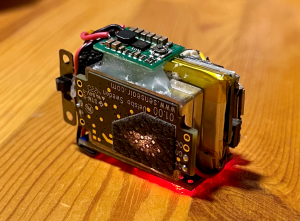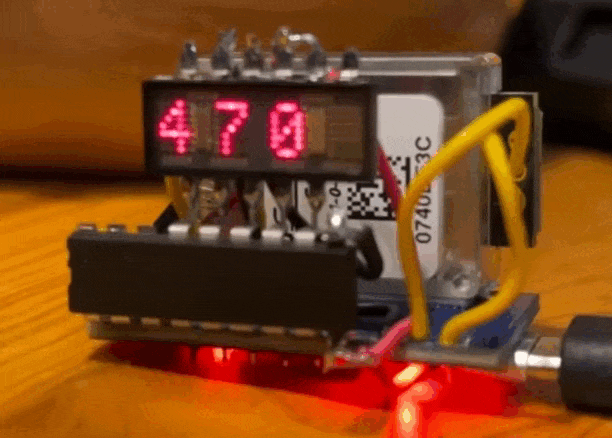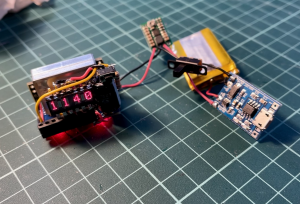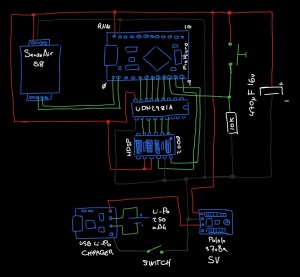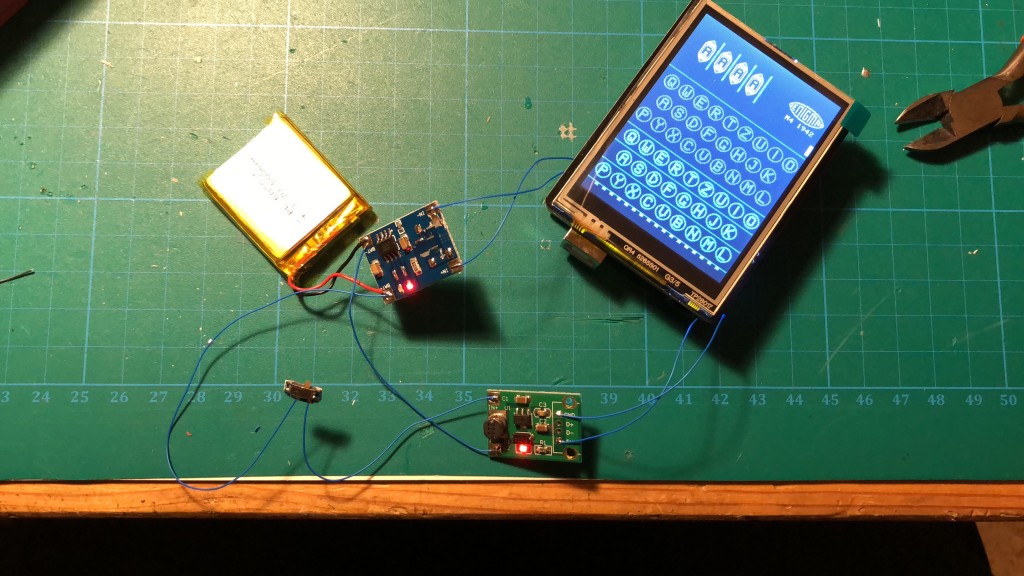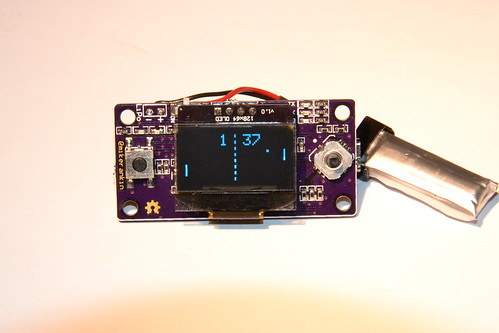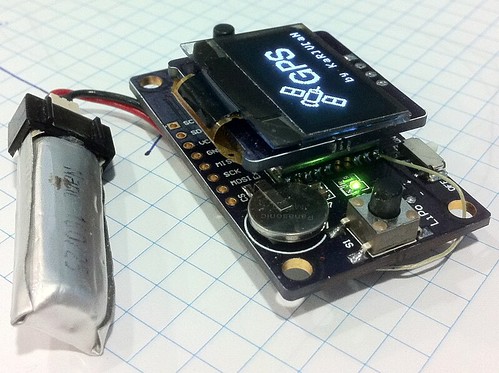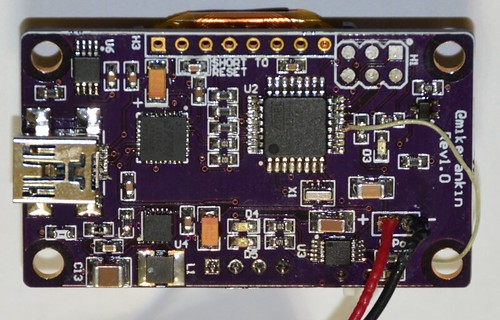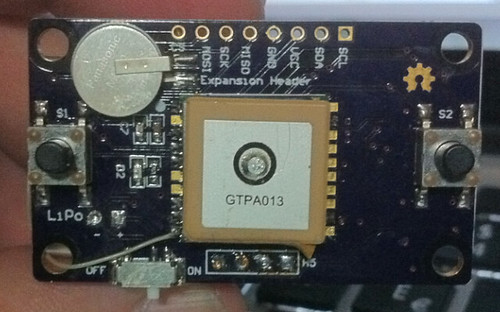SYPHCOM: CO2 meter
Lunes, Agosto 16th, 2021This is my last week project: a Simple Yet Powerful Handheld CO2 Meter. SYPHCOM (name in progress ..)
The use for a portable CO2 meter is to be able to measure air quality in closed spaces (i.e. the office). The higher the number (usually above 1200~1500) the worst ventilation, which means higher chances to get
the Covid-19.
With this is possible to know when is time to open the windows and ventilate.
It’s main guts are:
- Arduino Pro Micro, Leonardo Atmega32u4 based.
- SenseAir S8 LP CO2 sensor.
- Vintage HP HDSP-2000 ceramic LED matrix display, manufactured week 20 year 1984. NOS.
The capacitor stands for when the CO2 sensor does a read cycle (every 2s): both the display and the SenseAir S8 uses so much power that you can see the display and leds in the Arduino Pro Micro sighly dim off when powered from standard USB 0.5A when a read is made in the SenseAir CO2 Sensor. Without the capacitor, the arduino can’t stand for the display refresh and does a glitch in the display.
Also there’s a UDN2981A source driver to drive the columns in the HDSP-2000 display and a small momentary press button with 10K pull down resistor to launch sensor callibration if pressed on powerup (use with caution!!).
The components that makes it portable are:
- Lithium battery charger (Like this one).
- Recycled Li-Po cell (250mAh)
- Pololu s7v8a adjustable step-up DC-DC (adjusted to 5V).
- Switch.
I use the same components to make projects portables. The good thing about the pololu s7v8a is that it is both a step-up and a step-down DC-DC converter. This is handful if a project work 3.3v as it will give 3.3v always even if the battery is reading 3.0v. Unfortunally the recicled 250mAh battery is not much for the power needs so only lasts 30m on thi battery cell.
In the video the leds seems to be dimmer than they really are because of the high light, but actually they are pretty much visible.
Overall all makes a nice looking portable and easy to use CO2 meter and Covid prevention tool in closed spaces.

